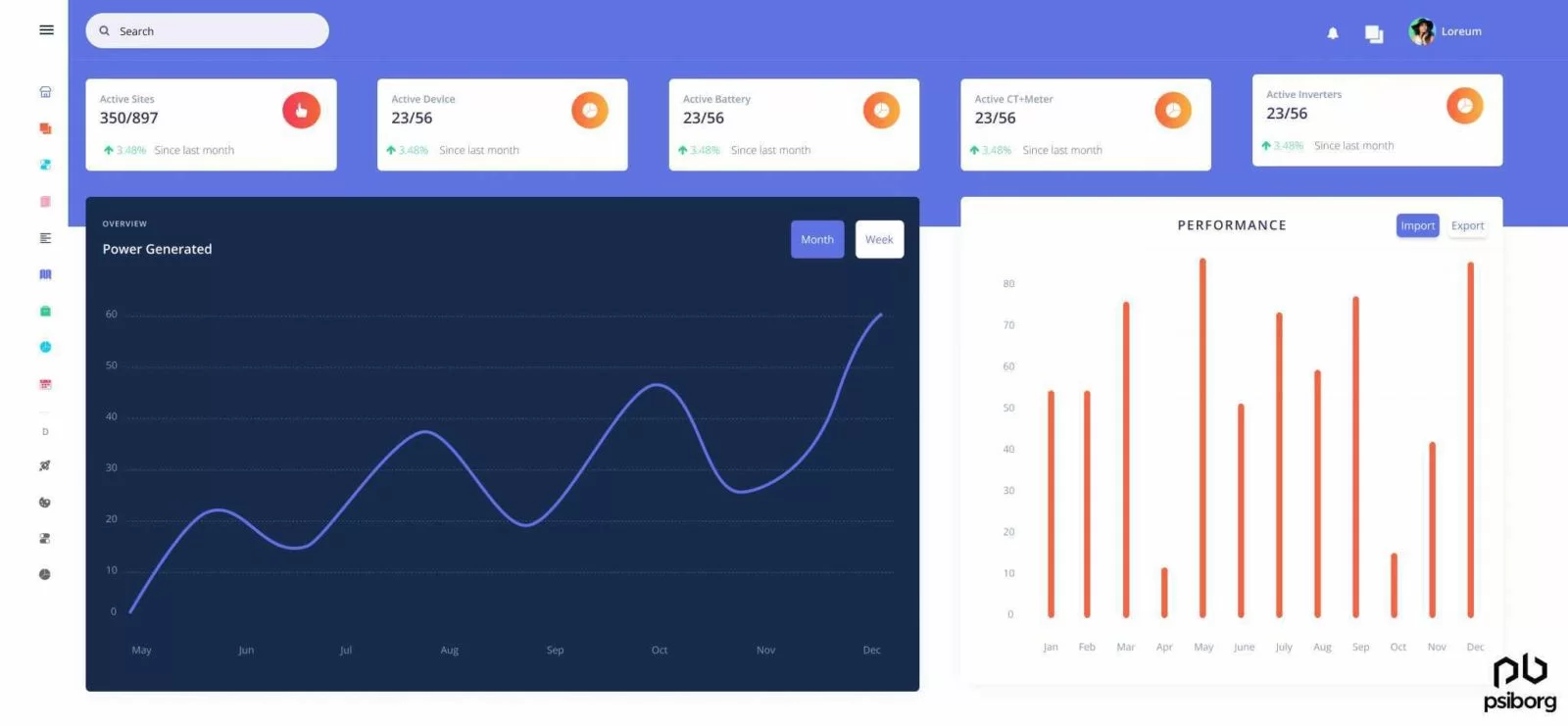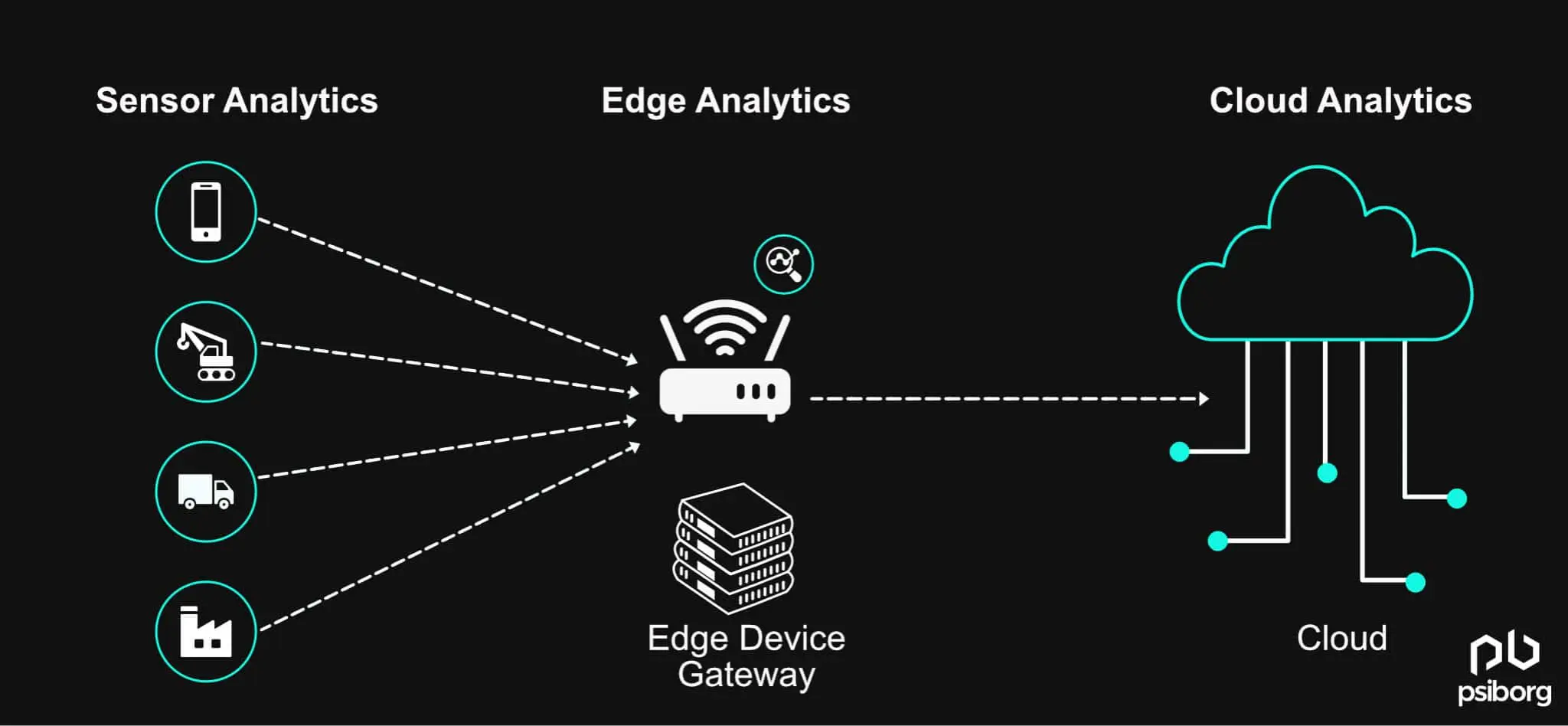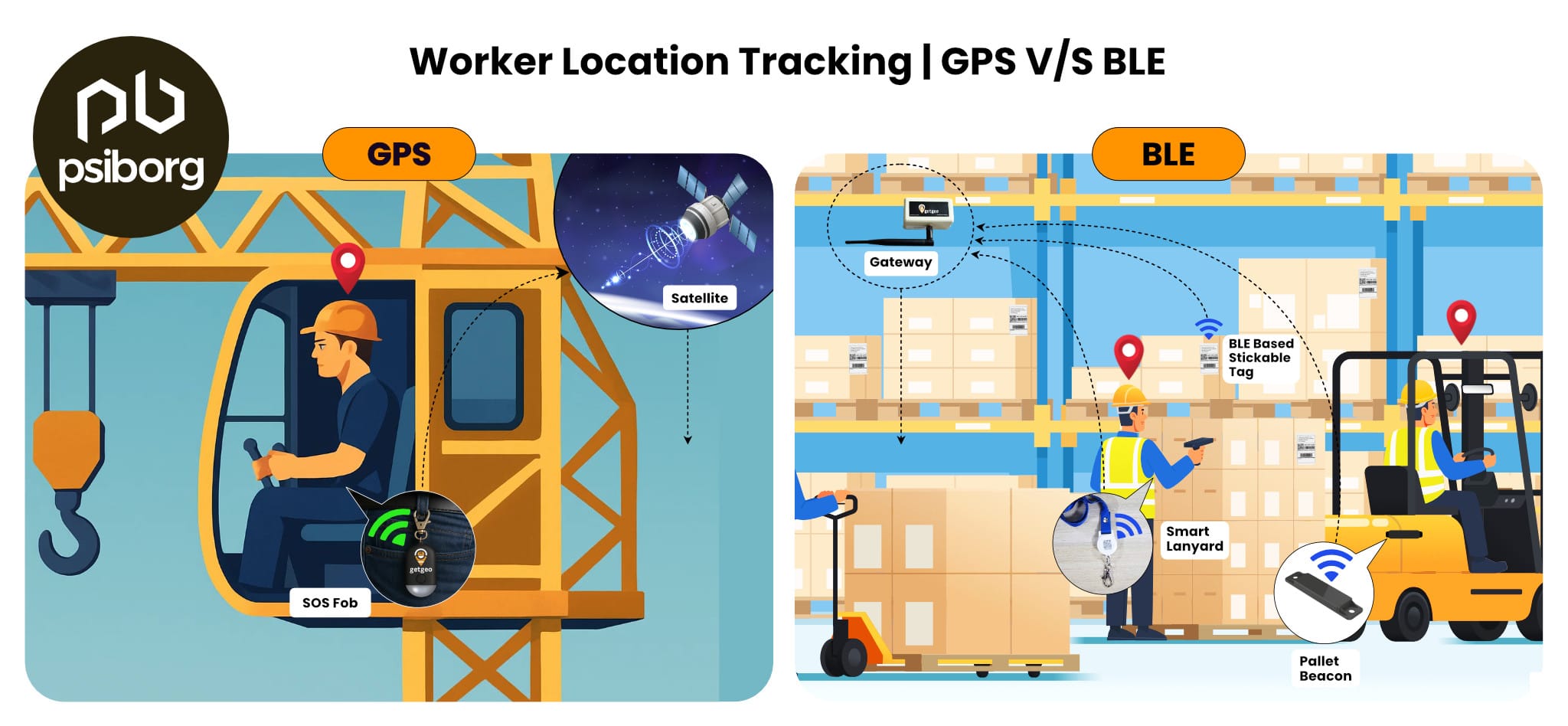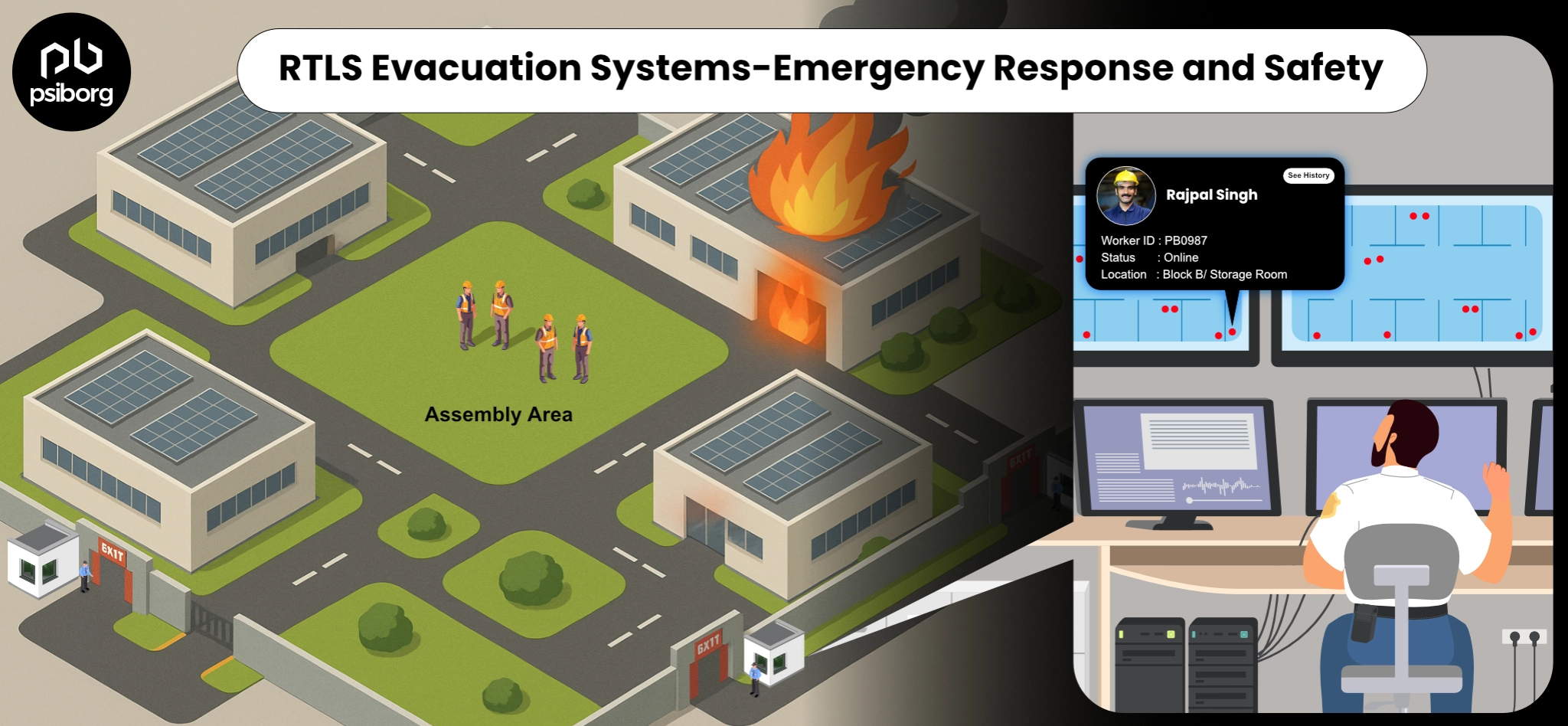According to Statista, IoT devices worldwide is forecast to almost triple. That is, from 9.7 billion in 2020 to more than 29 billion in 2030. Internet of Things (IoT) devices like sensors generate volumes of data. The data generated by these IoT devices is heterogeneous in nature. It comes at a high speed, i.e., about 10 GB per second, in the case of Jet engines.
This data is of immense importance. It is capable of solving new-age business problems and predicting future events. As the famous quote by W. Edward Demig goes, “In God we trust, all others should bring data”. So, an IoT analytics solution is a way by which we draw meaningful information from vast amounts of IoT data.
WHAT IS IOT DATA ANALYTICS?
IoT data management and analytics is the use of data analysis tools and procedures to derive actionable IoT data insights. The real value of IoT is not just in connecting physical things and objects but in the data produced by those things. Because this data is like oil for businesses and management. IoT data can help in building new products and services for businesses. As it will ultimately enhance the overall quality of products and services.
IoT data is analyzed using prebuilt Machine Learning (ML) models to make future predictions. This way, the complex heterogeneous data is converted into a beautiful Dashboard and Report. Through IoT predictive analytics, raw data is made useful for business organizations. IoT Data Analytics has the capacity to add value to any business process. For example, smart metering services are used in Industrial IoT, where IoT analytics are used to forecast demand, prevent crises, and manage complex operations.
TYPES OF DATA ANALYTICS IN IOT
Based on Business Requirements and the purpose of analysis, IoT analytics is of four types.
- Descriptive IoT Analytics
- Diagnostic IoT Analytics
- Predictive IoT Analytics
- Prescriptive IoT Analytics
DESCRIPTIVE IOT ANALYTICS OR HISTORICAL DATA ANALYTICS
This type of IoT analytics deals with stored historical data collected by IoT devices.
It interprets historical data to understand changes that have occurred in a business. It answers traditional business questions like, what happened? For example, tracking inventory, workflow, sales, and revenue. Descriptive analytics does not deal with the Why or How part.
DIAGNOSTIC IOT ANALYTICS
The term “Diagnosis” means to find out the causes, nature, and phenomena behind anything. This type of IoT analytics deals with the Why and how part. It provides insights into why things are happening. If any particular System/appliance/device is not performing optimally. Then diagnostic analytics drill down IoT data to identify its causes.
PREDICTIVE IOT ANALYTICS
IoT predictive analytics answers the question “What will happen?”. Predictive analytics uses Machine Learning capabilities to assess the likelihood of future events. Machine learning models are trained on historical IoT data. Machine learning models once trained from historical data are used to analyze real time data. The deployed machine learning model analyzes streaming real time IoT data. Which in turn helps to analyze data to perform trend analysis, and predict future or otherwise unknown events. Predictive analytics helps in proactively changing the predicted outcome, if it is undesirable.
Let’s study the case of an engineering company that develops and tests systems. Like combustion engines, batteries and fuel cells. The company wishes to provide its customers with better and deeper insights. To understand the performance of this critical equipment. The company combines real-time streaming with historical IoT data. Based on the analysis of the comparison between present and historical trends. The company recommends how its customers can improve operational performance and save money.
PRESCRIPTIVE IOT ANALYTICS
Prescriptive Analytics is the most mature stage of IoT Data analytics. It asks the question “what action should I take?”. It uses inputs from all previous IoT Data analytical techniques. Prescriptive analytics helps in finding the best course of action for a given situation. It can improve quality, enhance user experience, cost reduction and increase productivity. It is an extension of predictive analytics. Prescriptive analytics is still in its developing stage.

WHY DATA ANALYTICS OF IOT DATA IS NEEDED?
There are countless IoT analytics use cases in industries of all sizes. Data Analytics is immensely beneficial for businesses. It adds value to every process and improves outcomes drastically. Full-stack IoT development enables Edge analytics and cloud analytics of data collected in real-time.
Here are some of the major benefits of IoT data analytics for businesses:
HEALTH MONITORING
The role of Data Analytics in IoT is immensely useful for the healthcare sector. Every health parameter of a patient can be monitored in real-time. From blood pressure to chipped heart monitors, this complex data needs systematic analysis. Based on this data, doctors and healthcare professionals can carry out effective diagnoses, and chart out the most suitable course of treatment.
In Covid times, we all know the importance of SPO2 monitoring on a real-time basis. Other such parameters can also be monitored and analyzed to predict a patient’s health.
ADAPTION TO AUTOMATION
IoT data analytics and metrics can help in achieving automation for the next generation of products. By embedding smart IoT devices into your items, we can analyze their usage patterns and recognize errors in the existing design, giving you a chance to make some modifications.
CUSTOMER EXPERIENCE
IoT data and analytics boosts business insights and its ability to produce the best experience for its customers. This real-time analysis is able to reveal the customer needs and other related information from the data collected.
IMPROVED DECISION-MAKING
An immense volume of new data from smart sensors and equipment adds to the huge pool of data. Companies currently utilize IoT data for operational and strategic decision-making.
Operational decisions are short-term decisions made on an hourly or daily basis. Strategic decisions are those that fulfill the long-term vision of the organization. For both purposes, IoT data analytics is very useful.
IMPORTANT IOT ANALYTICS USE CASES
IMPROVING MARKETING AND SALES
IoT Analytics plays a key role in boosting the marketing and sales of businesses. By helping in the following scenarios.
- Consumer Analysis– IoT Analytics helps you to collect and analyze customer requirements. And trends based on product usage and reviews.
- New Product and service development– Analytics can aggregate data from original sources. To perform analysis, prediction and action.
- Flexible Billing and Pricing- By capturing data from various sources For example RFID tags and QR codes. It is possible to plan outcomes and subscription-based pricing models. This also aids in the increase of value-added market penetration.
REAL-TIME DATA ANALYSIS FOR MANUFACTURING SECTOR
An entirely automated IoT Analytics in a Control panel aids in using real-time data. Also, watch out for certain patterns and send alerts to the concerned departments. Manufacturers in all the major industries – electronics, automotive, chemical, and durable goods. IoT Analytics to improve their efficiency and production.
New manufacturing equipment with intelligent sensors is already in use. Which is called smart manufacturing using IoT. This generates huge monetization opportunities aiding in revenue generation initiatives and cost containment.
For example, ThyssenKrupp partnered with two other companies, CGI and Microsoft Azure. To send alerts when their elevators need repairs. Predictive maintenance sends alerts when an elevator is about to go out of function. It even notifies the technicians to visit the exact site for repair.
DRASTIC IMPROVEMENTS IN THE HEALTHCARE SECTOR
IoT has brought about remarkable changes and improvements in the healthcare sector. People and apps are connected in a way that never seemed possible before. This has improved healthcare outcomes as well as reduced healthcare expenditure. IoT-enabled medical devices are equipped with high-end sensors. This helps doctors understand medical emergencies even before they come up.
IoT sensors can be embedded in various medical equipment. Such as surgical robots and personal health and fitness equipment. Also in drug dispensing systems and implantable devices. The data is collected and analyzed in real time. Additionally, the equipment itself is monitored to minimize downtime and avoid potential failures.
The rise of fitness apps and connected medical devices. It has been a game-changer in the medical industry. They provide vital health parameters data for a patient’s health. On which IoT analytics can be performed. The parameters are set (in apps or devices) to automatically trigger alerts. And initiate a response from concerned healthcare givers when a problem is detected.
LEVERAGING VIDEO ANALYTICS FOR BETTER SURVEILLANCE
IoT analytics is capable of detecting anomalies and lapses. And protect us from critical situations. Surveillance using video analytics can be used to prevent crimes and accidents. Example- Roadside speed monitors.
Now organizations and systems do not need to rely on closed-circuit cameras (CCTV). To protect their premises from unwanted intruders. Instead, they can use video analytics techniques equipped with smart sensors. When the video is combined with IoT data analytics. It is possible to derive far greater insights for predicting future events.
Video analytics helps in understanding the shopping behavior of customers. When sensors on devices are placed in retail centers. They can help avert road accidents. And reduce traffic jams by pinpointing the time and location of traffic and alerting the users/motorists. Video surveillance system can ensure worker safety or for improving security

TRENDS IN IOT DATA ANALYTICS
There are various trends in IoT data analytics. IoT implementations are increasing, and people are finding ways to best leverage IoT for their use cases.
Find out the current trends in IoT.
IOT EDGE ANALYTICS
The IoT edge analytics is a fast-emerging trend in the IoT domain. IoT Edge analytics are tools located close to IoT devices. They collect, process, and analyze data at the source itself rather than transmitting that data back to the cloud for analysis. This improves the data analysis process by performing it in real-time thereby ensuring that as much useful information is collected from the device as possible. Devices are designed to have their own analytical capabilities to this end. Edge systems help to reduce lag in the performance of IoT monitoring and analytics systems.
ARTIFICIAL INTELLIGENCE (AI) AND MACHINE LEARNING (ML) IN IOT DATA ANALYTICS
Ordinary data analysis helps in IoT deployment, whereas AI can do it faster and much more accurately. In specific terms, AI can structure a data set, improve IoT device interoperability, and draw conclusions in real time. With the help of AI and ML, systems can derive the most useful insights from huge volumes of unstructured data. Thus, AI algorithms can save valuable time by aggregating unstructured data from multiple sources, processing it, and representing it in a usable format.
Hence, bringing AI to the IoT architecture is becoming a necessity. IoT systems, including endpoint devices, must become smarter and more autonomous in order to deal with the ever-increasing volume and scale of data. Thankfully, we have AI and ML for that.
Also Read: ANALYZING IOT DATA: FINDING VALUE FROM IT
At PsiBorg, we understand the capabilities of IoT data analysis and strive to leverage the same to provide you with the most cutting-edge analytics solutions for your IoT systems’ needs. We have developed IoT dashboards for data analytics for various sectors and systems, helping businesses grow.
FAQ
IoT and Data Science are two smart technologies that have immense potential to make a positive impact on the future. The combination of IoT and data science can be leveraged to predict customer behavior, which can help businesses to make better decisions. Through data analytics, IoT empowers machines to make intelligent choices and provides valuable insights that can be used to improve business operations.
There are generally four types of data analytics in the IIoT viz- descriptive analytics, diagnostic analytics, prescriptive analytics, and predictive analytics.





